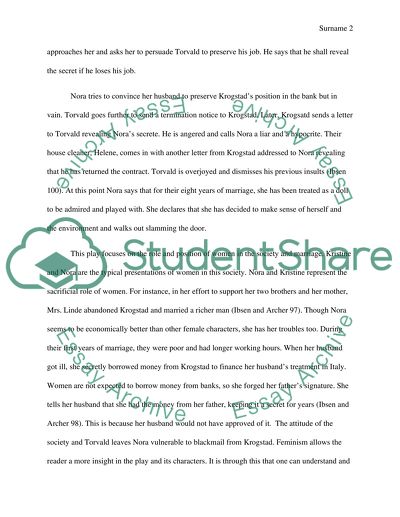Cite this document
(“Formal Essay on Drama - Feminism and Isben's A Doll House”, n.d.)
Retrieved from https://studentshare.org/literature/1591127-formal-essay-on-drama-feminism-and-isbens-a-doll-house
Retrieved from https://studentshare.org/literature/1591127-formal-essay-on-drama-feminism-and-isbens-a-doll-house
(Formal Essay on Drama - Feminism and Isben'S A Doll House)
https://studentshare.org/literature/1591127-formal-essay-on-drama-feminism-and-isbens-a-doll-house.
https://studentshare.org/literature/1591127-formal-essay-on-drama-feminism-and-isbens-a-doll-house.
“Formal Essay on Drama - Feminism and Isben'S A Doll House”, n.d. https://studentshare.org/literature/1591127-formal-essay-on-drama-feminism-and-isbens-a-doll-house.


